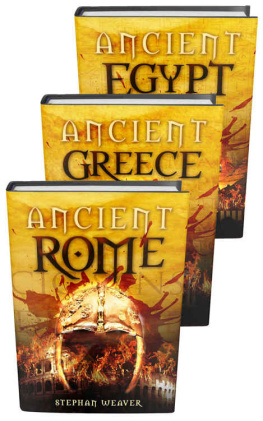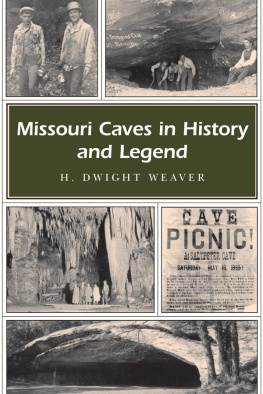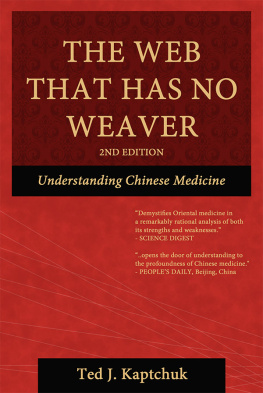The Seven Hills of Rome is a set of hills upon which Rome was built. See the map below for their locations.
The original city of Romulus was built on Palatine Hill. Several temples and houses of prominent citizens were established on the Palatine during the ancient Republican era. It is also the birth place and imperial residence of Octavian.
The Capitoline Hill was the stronghold and haven of Romulus Rome.
The Quirinal Hill lies in the center of modern Rome. Roman legend has it that the Quirinal Hill was the small habitation of the Sabines.
Like Quirinal Hill, Viminal lies in the center of modern Rome. The ancient Baths of Diocletian (c. 298-306 B.C.) are northeast of the Viminal. It is the smallest of the renowned Seven Hills of Rome. According to Livy, it was during the reign of Servius Tullius that Viminal Hill and the Quirinal Hill first became a component of Rome.
The Esquiline hill houses ruins of a portion of the emperor Neros Golden House. Esquiline Hill was the next populated, according to archeological finds. This discovery contests the earlier accounts of ancient Rome which argued that the Quirinal Hill was inhabited after Palatine.
The remnants of the Baths of Caracalla (c.206-216 B.C.), the public baths of the emperor Caracalla, are situated on the river flats behind the Caelian Hill. During the time of the Roman Republic, the Caelian Hill was styled in a rather flamboyant form.
The era of the republics city buildings were all swept by frequent fires and the Temple of Diana remains merely a street name.
Romulus and Remus: The Founding Myth
In Roman myth, the twin brothers Remus and Romulus were believed to the offspring of Rhea Silvia and Mars (according to some accounts, Hercules). Romulus and Remus are famed for establishing the city of Rome.
Birth
Romulus and Remus were descendants of the Trojan prince, Aeneas. It is through their mothers father, Numitor, that they were related to Aeneas. Numitor was the father of Rhea Silvia and also the ruler of Alba Longa. Before Rhea Silvia conceived the twins, Numitor was usurped by his younger sibling Amulius. Amulius became king.
In hope of evading the power struggle, he slaughtered Nimitors male successors and coerced Rhea Silvia to become a Vestal Virgin. Vestal Virgins, vowed to chastity, were priestesses of Vesta, deities of the fireplace. Their task included maintaining a holy fire that was impossible to stamp out.
It is quite unclear who the father of the twins was. According to some myth, Mars Rheas partner, whilst others claim that it was Hercules. Author Livy, however, argues that Rhea Silvia was raped by an unidentified man. And so she claimed that her pregnancy was of the divine. She, nonetheless, bore two children.
The punishments for the transgression of celibacy vows by any Vestal Virgins was direct death live burial being one way of punishment. King Amulius, dreading the anger of the deity (either Mars or Hercules), chose not to carry out direct punishment on Rhea Silvia and her children. Thus, King Amulius incarcerated her and commanded the death of the twins either by live entombment, exposure or their disposal in the Tiber River. If the twins were to be killed by the elements and not by a sword, King Amulius believed that the gods would pardon him and his territory of reign. He assigned a servant to execute the killing; however, the servant pitied the children and spared their lives. The servant placed them on a basket onto the river, where they were securely transported to another location.
Romulus & Remus are Discovered
With the divine help of Tibernus, the River God, the twins were securely transported to Palatine Hill. They were first discovered by Lupa (the she-wolf) who suckled them. Picus (a wood-pecker) fed Romulus & Remus. They were later discovered and adopted by Faustulus and Acca Larentia (a herdsman and his wife). The twins thus ended up becoming shepherds like their adoptive father.
On one unfortunate day, the twins were confronted by a clutch of shepherds that worked for King Amulius. The shepherds engaged in a fight with the twins and Remus was taken by them to the king. Enraged by the event, Romulus amassed a rebellion composed of shepherds to partake in the rescue of his brother.
King Amulius was under the impression that Rhea Silvias children were dead and was not able to recognize both the twins. Romulus rescued his brother and in the course of that, killed King Amulius.

Faustulus discovers Romulus and Remus with the she-wolf and woodpecker, by Peter Paul Rubens (1616)
Romulus & Remus begin to Quarrel
Romulus & Remus restored Nimitor as king following the death of Amulius and went their own way in seek of their own city. They each left to discover the best location. Romulus & Remus, however, had disputes over where to establish their new city: Romulus wanted it situated on the Palatine Hill; Remus, on the other hand, wanted it on the Aventine Hill. The quarrel continued until Romulus erected a huge wall encompassing his hill: the Palatine Hill.
Remus Death & the Founding of Rome
Responding to Romulus construction, Remus constantly ridiculed the wall of his brothers city. The daring Remus jumped over Romulus wall. Furious with his brothers mockeries and his jump over the walls, Romulus killed his brother.
There are variations on the account of Remus death on the same day Rome was founded. According to Livys version, Remus died after jumping over Romulus wall. And according to St. Jerome, it was one of Romulus acolytes (either Fabius or Celer) who slew Remus his sarcastic remarks.




















